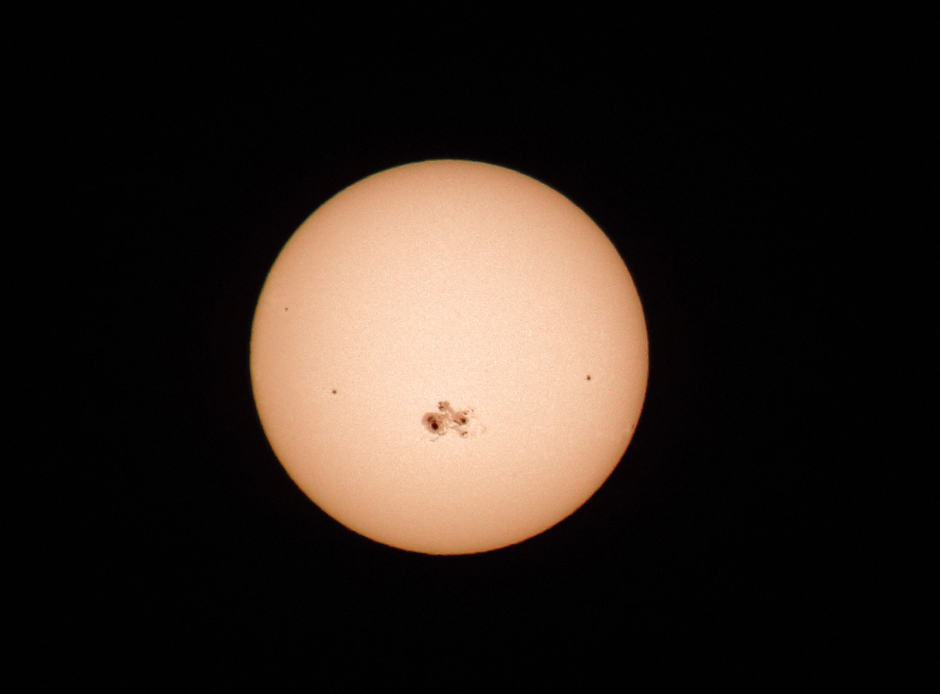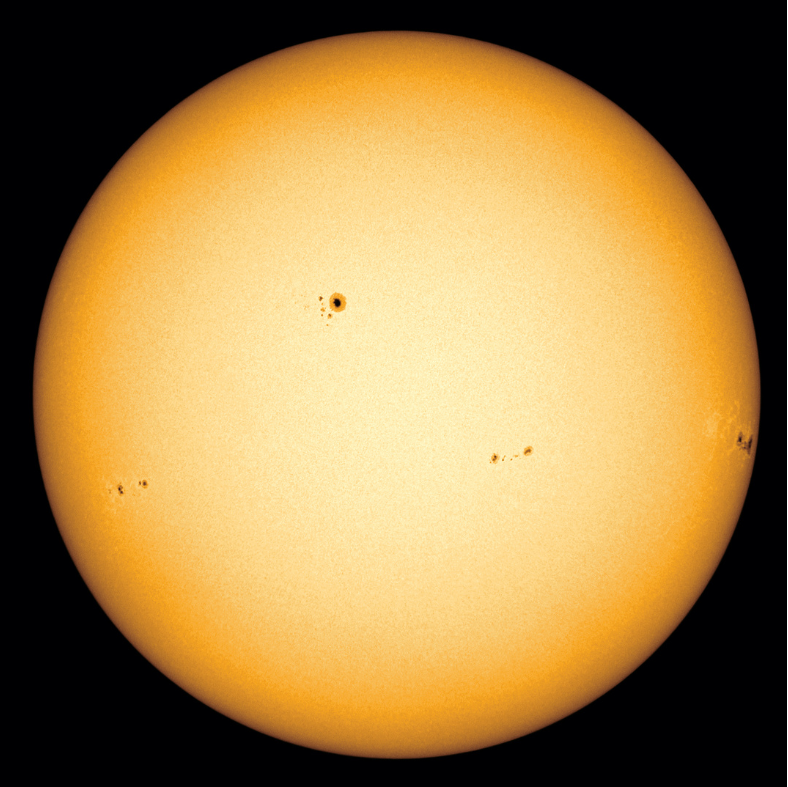
Sunspots are dark areas on the surface of the Sun that were first discovered in the seventeenth century. We know that Galileo and Scheiner both observed these spots in 1611, and it is likely that Thomas Harriot observed them first a year earlier in 1610.
Today we know that sunspots are regions of intense magnetic activity, but when they were first discovered many people wondered what they were and why they appeared on the Sun. Because the Sun is our closest star, we can learn a lot about it by studying its surface.
Sunspots are sometimes referred to as solar granulation or magnetic flux. They are regions of higher than average magnetic flux, which causes the appearance of a dark spot on the surface of the Sun. They can appear anywhere on the surface of the Sun, but tend to appear in concentrations near the equator.
Why do Sunspots happen?
Sunspots usually appear on the solar disk when the Sun is at its hottest, in areas where it is most active. They are relatively small and relatively common, but they are something of a mystery. They are not holes in the Sun, but rather areas of higher density.
It is activity in the sun’s magnetic field, rising through the hot layers of the sun toward the photosphere that causes sunspots. These ‘irregularities’ cause cooler patches, and we see these areas as dark spots on the photosphere.
Can sunspots be dangerous?

You would be mistaken if you thought that these cooler ‘scabs’ on the surface were less active. In reality, sunspots are very active. The higher magnetic activity and flux in these areas can cause events that are potentially dangerous to planet Earth. It is activity in these areas that frequently cause solar flares and Coronal Mass Ejections. Where these spew out from the Sun in the direction of the Earth, they have the potential to effect our electrical and electronic equipment.
They could potentially damage satellites and electrical grids. We have seen this before, in 1989 when the city of Quebec encountered a 12 hour blackout caused by a CME. Larger storms could impact the whole planet. As we are more reliant now on technology than in the late 1980’s, the effects would also be greater.
Why do sunspots appear dark?
The reason for this is relatively simple. Sunspots appear dark because they are cooler than the surrounding photosphere. The center of a sunspot can be around 4000 Kelvin, whereas the surrounding photosphere can range between 5500 to 10000 Kelvin. You can read more about how hot the sun is here.